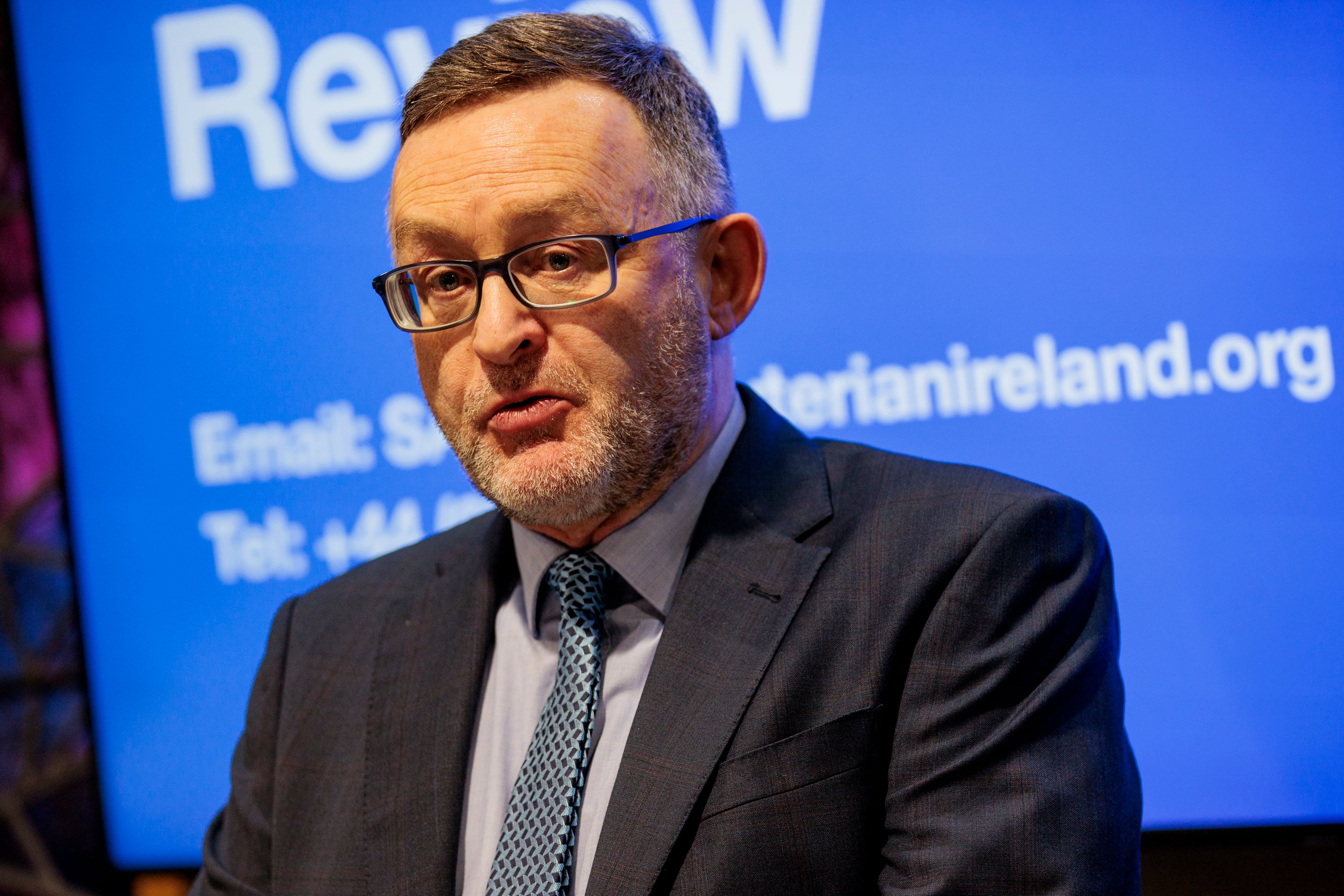In July 2017, a middle-aged man called Ian Kidd entered the Catholic Church of St Agnes in the sprawling Dublin housing estate of Crumlin. He carried a can containing €5 worth of diesel.
He walked up to the altar and began pouring the oil on the floor, while shouting at the worshippers to “get out”. He had a cigarette and people feared he was going to set the diesel alight. He didn’t.
When gardaí arrived, he told them he had been sexually abused by a priest from St Agnes when he was a child. That morning he had received a letter from solicitors acting for the church with a “final offer” of €30,000 in compensation. He was deeply upset by what he considered a “derisory” recompense for the ruination of his life.

How can the Spiritans abuse survivors get justice?
With most of the alleged perpetrators now dead, attention is turning to how victims can get answers, justice, closure and healing. Religious Affairs Correspondent Patsy McGarry reports
Neither the worshippers nor the then parish priest of St Agnes, Fr Paul Tyrrell, had done anything to deserve to be subjected to such an upsetting ordeal. One might have thought, however, that this grim drama would prompt a profound reflection on the living legacy of priestly predation.
READ MORE
When it comes to child abuse, there is a very thin line between the past and the present. What happened to people like Kidd 40 or 50 years ago is still happening to them now.
As we’re seeing yet again, with the flood of awful memories pouring out from elite Catholic schools, there can be decades of shame-filled silence and pent-up torment before the unspeakable is finally spoken out. This is why Ireland is continually experiencing the whiplash of delayed reactions to institutionally sanctioned abuse.
When Kidd’s case came to court, Fr Tyrrell said that although the parishioners of St Agnes had been “terrified”, they had no desire to add to any suffering Kidd “may have suffered in this parish in previous years”.
This was meant kindly, but “may” is, in the context, an odd word. There is no reason whatsoever to doubt that Kidd was abused by a priest.
And there is every reason to believe that he was. As Fr Tyrrell surely knew, one of his predecessors as parish priest of St Agnes, Fr James McNamee, preyed relentlessly on prepubescent boys.
[ Church ethos and role in healthcare or education can no longer be funded by StateOpens in new window ]
Last week, after I mentioned McNamee in a column, Fr Tyrrell, who is now serving in Dún Laoghaire, wrote a letter to The Irish Times taking issue with my suggestion that the powerful archbishop of Dublin, John Charles McQuaid, knowingly unleashed paedophiles, including McNamee, on the children of Crumlin.
Fr Tyrrell challenged my statement that McNamee would “turn up at breaktime in St Agnes’s primary school on Armagh Road to hold little boys by the hand and ask them to come for a spin in his Lancia Delta sports car”. Fr Tyrrell did so on the bizarre grounds that the boys’ school was then formally called Scoil Colm.
As if it matters, the boys’ and girls’ schools have been amalgamated and are colloquially known (including on the website of the Dublin diocese) as “St Agnes’ Primary School”. But in the context of the uncontested fact of McNamee’s luring of its pupils into his car to be abused, why is this the thing his successor wants to focus on? Is it really the big issue?
Second, Fr Tyrrell insists that “McNamee was appointed the parish priest of Crumlin by the late archbishop Dermot Ryan and not by John Charles McQuaid”.
But it was McQuaid who sent McNamee to St Agnes’s as curate in 1968 and put him in place to become parish priest in 1973. He did so knowing there had been multiple complaints about his behaviour towards boys at Stella Maris football club – complaints McQuaid personally told McNamee to “forget about”. (The priest remained president of the club for 30 years.)
I would have thought that Fr Tyrrell would be asking the much bigger questions about the legacy his predecessor left in Crumlin – and what it says about the wider crisis of revelation.
The great shame of McNamee’s predations is that they were flagrant. As well as using his flashy car to lure boys, he built a swimming pool that, as he made clear, only little boys were allowed to use.
All of this was so open that the diocese secretly appointed an investigator, who reported back to Ryan that “a possibly explosive situation exists locally, which could be very scandalous indeed ... even now, many innocent boys may be safeguarded, and the whole adult Catholic population spared the hurt of a real scandal in Crumlin.”
But there was no explosion, no “scandal in Crumlin”. People were cowed by loyalty, by faith, by sensing that the criminal law did not apply to priests. Everybody just found ways not to know what they knew.
And this is why there is still so much to be revealed. The church had the spiritual power to implicate us all, to infect us with its own strain of subtle evasion.

















